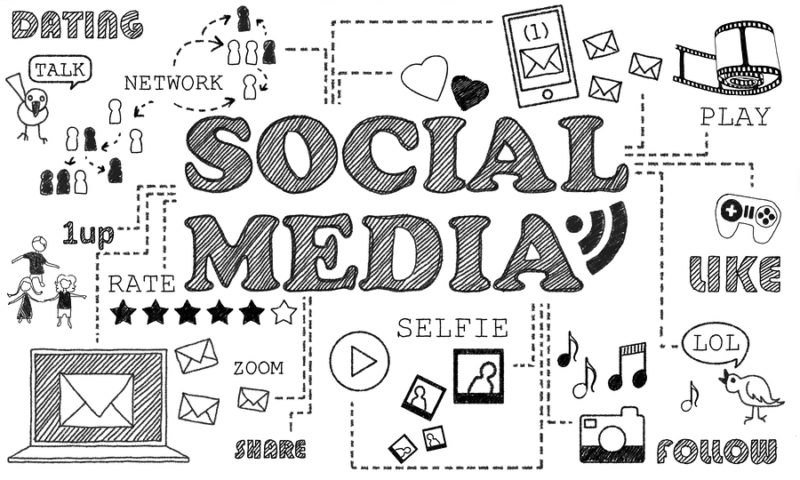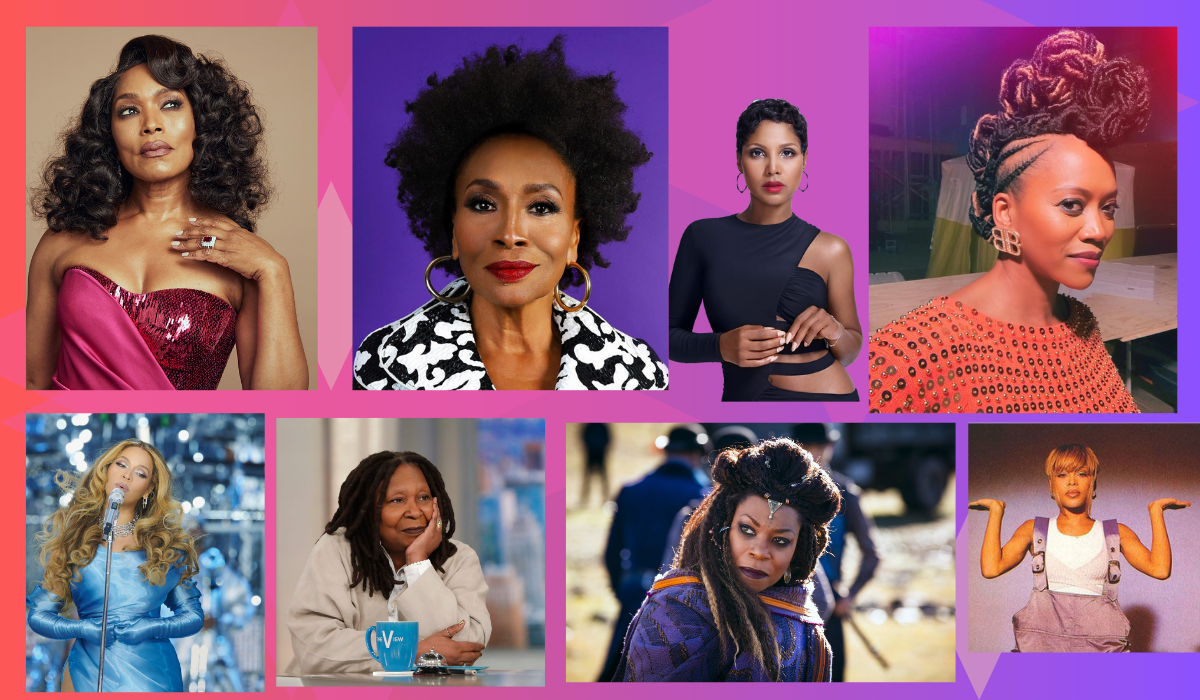
Social Media with Coal Doodles and Social Illustrations
I am definitely a millennial. I am the first generation of kids that had AOL and I still can recall life before the internet was accessible. If you would have told me in 1996 that I would barely use the phone I would have laughed in your face. In fact, having my own phone line was peek coming-of-age teen goals. You couldn’t tell me I wasn’t popping with my call waiting and three-way calling—I was spilling tea and sharing love songs with my crushes all the time! However, the internet changed that. It all started with dial-up and even though it was raggedy, it was a dream come true for me. I could talk to folks from all over the country, even the world! Those early days of making vibrant personal pages and Myspace came in handy for my professional career and again, you could not have told me all of this when I was a kid in the 1990s.
At the peak of the internet, when it was solidified that we all needed the internet for everyday usage, the way advertisement was consumed started to change. If advertisers wanted to reach a younger demographic, they had to seek us out online. However, advertisers have become a thorn in lots of millennials sides. Facebook is probably the worse of them all. Advertisers and Facebook might have the most unbearable AI and algorithms for ads. Facebook videos treat advertisements like television; they interrupt your viewing at really odd times. You would think advertisers would have learned but it’s clear they have not. Most people decided to buy cable to get away from all the ads in basic television and they’ve taken the same formula and infiltration out online experience.
According to Forbes, More than half (53 percent) of all consumers no longer watch commercials on live television. One out of four says they spend no time watching live TV at all, including 40 percent of millennials. More than 70 percent of millennials say they skip all TV ads. So what do they do instead? They study our habits and use influencers to advertise to us.
Some advertisers have seen success in using influencers as ways to advertise their products. Am I guilty of this? Sure, but within reason of course. I only work with brands I actually like and give reviews on things I actually use. It’s one thing to have a passion for a product that fits into your lifestyle content and it’s another thing to be a walking billboard for anyone who pays. Take for instance influencer and blogger Sasha Horne of Sasha Talks Tech. Horne has a background as a journalist and tech reporter so tech and startups are her niches. Advertisers look at influencers like her and most likely pitch her interesting tech news and gadgets to share with her audience. The cool thing about that is Horne has the ability to sort through and decide what her audiences will appreciate and when she does that, it creates a more genuine curation even though it can also be defined as an advertisement.
So what’s the key to grabbing the attention of the internet’s most active demographic? Influencers.
We like influencers. We like to be fans of them and we really enjoy hating on them, too. We find it entertaining to live vicariously through everyday people like us who are simply famous for using filters on their photos and selling us a lifestyle we know might not be real. But that’s ok! Well, sometimes it is. Sometimes influencers can be obvious in their selling techniques and other influencers are just naturals at selling us products through their content.
So if advertisers want to reach a younger demographic, they should look to finding a variety of influencers especially the micro and macro-influencers. They might not be verified or have tens of thousands of followers but their community engagement might be really solid and responsive.












